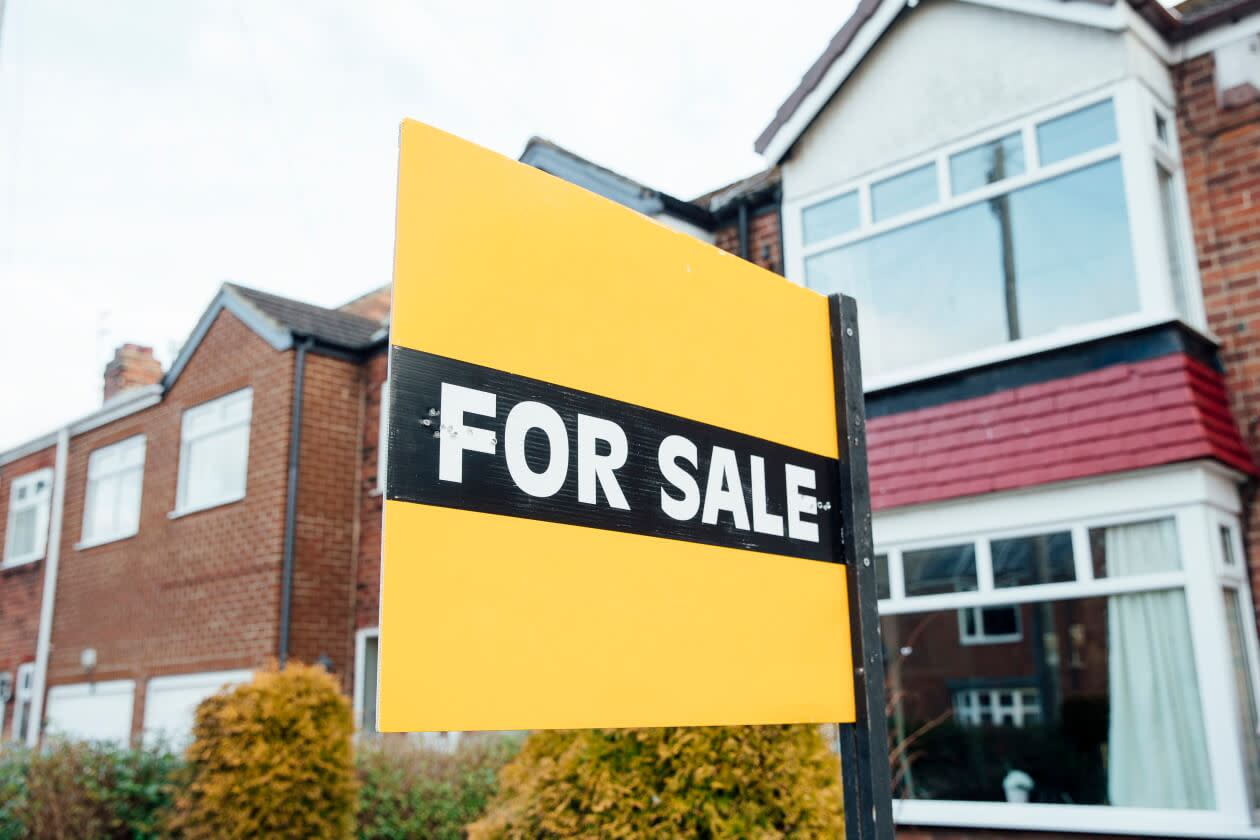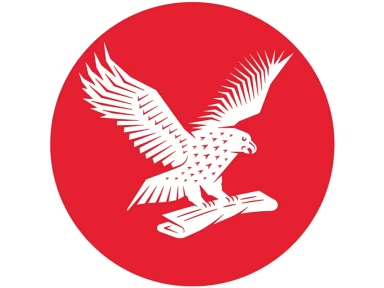A house price growth forecast has been revised upwards, based on an improved economic outlook.
Across Britain, property values are expected to have increased by just over a fifth (21.6 per cent) on average by the end of 2028, revised from a previous forecast of 17.9 per cent, Savills said.
The revised forecast could mean the average house price grows by £61,500, from £285,000 in 2023 to £346,500 by 2028.
The property firm expects house prices to grow by 2.5 per cent typically during 2024, rather than an expected 3.0 per cent drop which was predicted by the company in early November 2023.
Savills cautioned that the market remains sensitive to short-term fluctuations in the cost of debt and political uncertainty in the run-up to the general election.
Housing transactions are forecast by Savills to reach 1.05 million in 2024, slightly up from the 1.01 million it predicted towards the end of last year.
Lucian Cook, head of residential research at Savills, said: “The outlook for 2024 has improved since our last (November 2023) forecasts as mortgage costs have nudged down slightly and are much less volatile. The outlook for economic growth has also slightly improved, pointing to relatively modest house price growth this year, with greater potential over the following few years.”
Mr Cook said that lenders have “fairly aggressively priced in the prospect of cuts in bank base rate, causing buyer confidence, and prices, to recover somewhat”.
But he cautioned that wider global uncertainties have meant that swap rates, which lenders use to price mortgages, have continued to rise.
"Affordability constraints will become a factor towards the end of the five-year period, particularly in the already stretched markets of London and the South East." - Lucian Cook, Savills
He added: “Consequently, we are unlikely to see a further meaningful fall in mortgage rates this year, with the potential for short-term fluctuations in the cost of debt and house prices.”
Savills predicted that a stronger economic performance in 2025 and 2026 will support buyer sentiment.
Mr Cook said: “Improving economic performance, combined with steady cuts to the base rate, will open up greater capacity for growth from 2025.”
“But without the previously expected falls at the start of our forecast period, affordability constraints will become a factor towards the end of the five-year period, particularly in the already stretched markets of London and the South East.”
Savills used Oxford Economics and Nationwide Building Society data as part of its research. Its calculations were based on the second hand property market, so new build property values could perform differently.
Here are Savills’ predictions for house price growth over the five years to 2028:
North West, 28.8 per cent
Yorkshire and the Humber, 28.2 per cent
Wales, 26.4 per cent
Scotland, 25.8 per cent
North East, 25.2 per cent
West Midlands, 23.4 per cent
East Midlands, 22.8 per cent
South West, 18.7 per cent
South East, 18.2 per cent
East of England, 18.1 per cent
London, 14.2 per cent
This article was written by Vicky Shaw from The Independent and was legally licensed through the DiveMarketplace by Industry Dive. Please direct all licensing questions to legal@industrydive.com.

